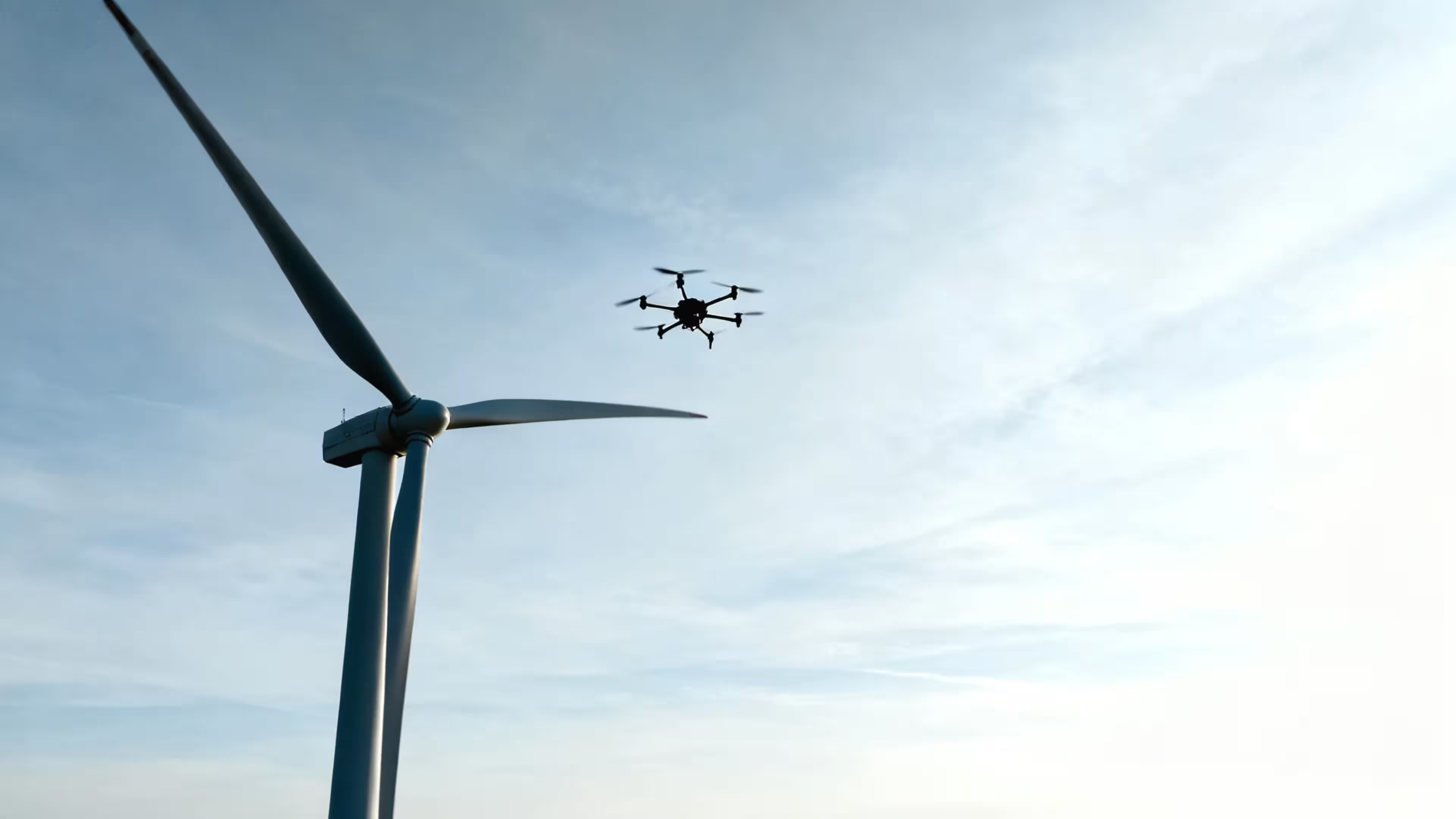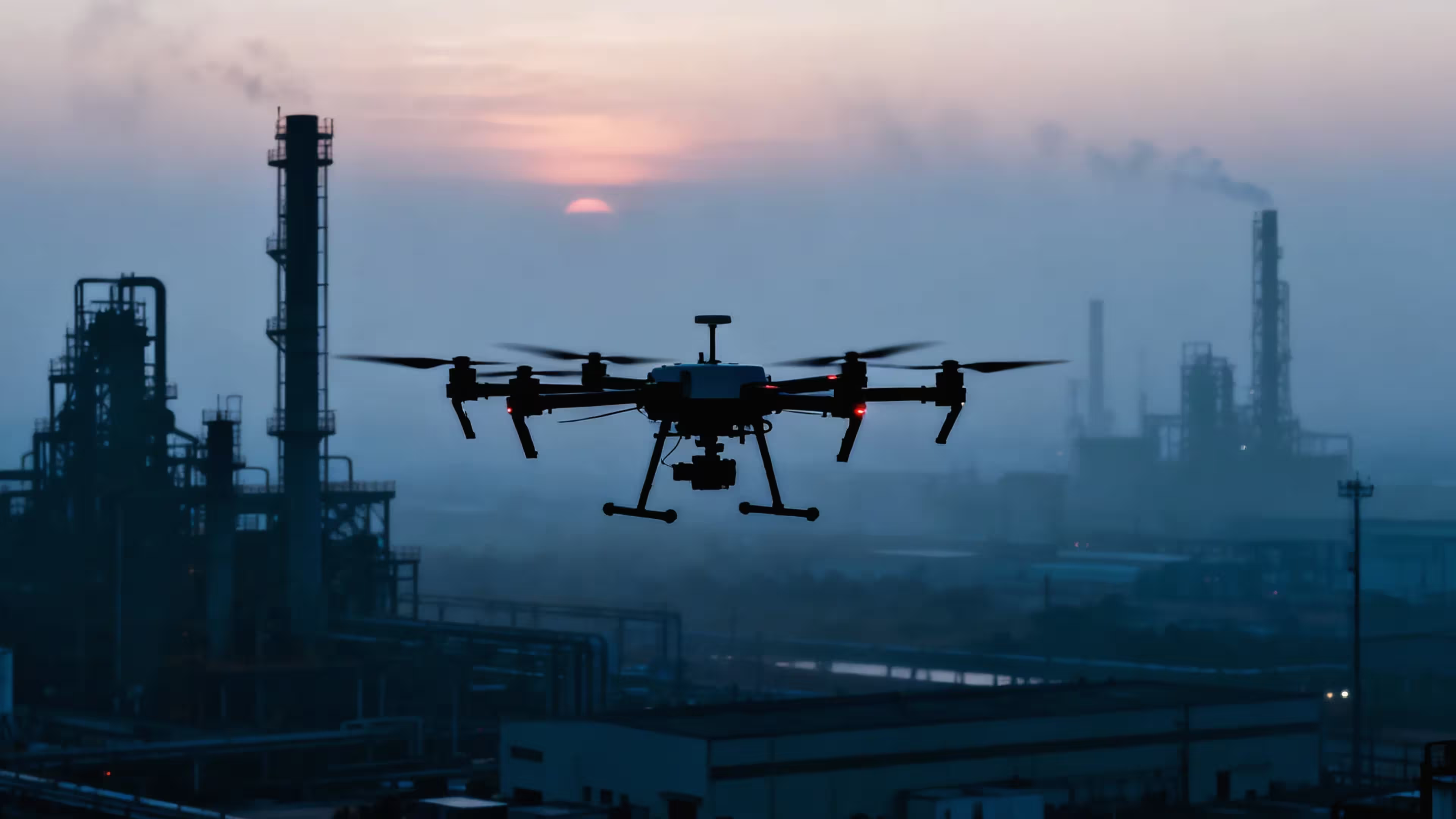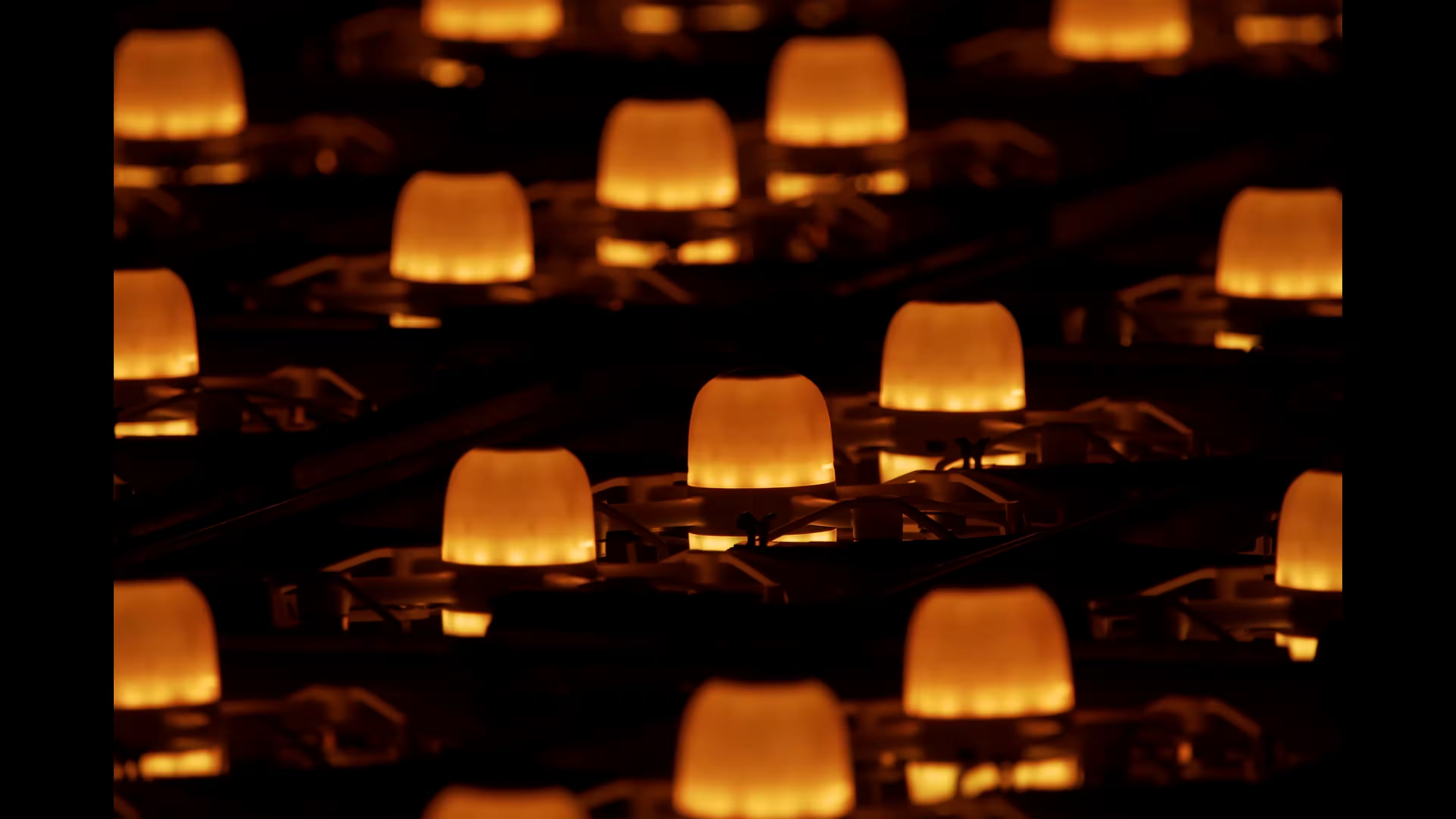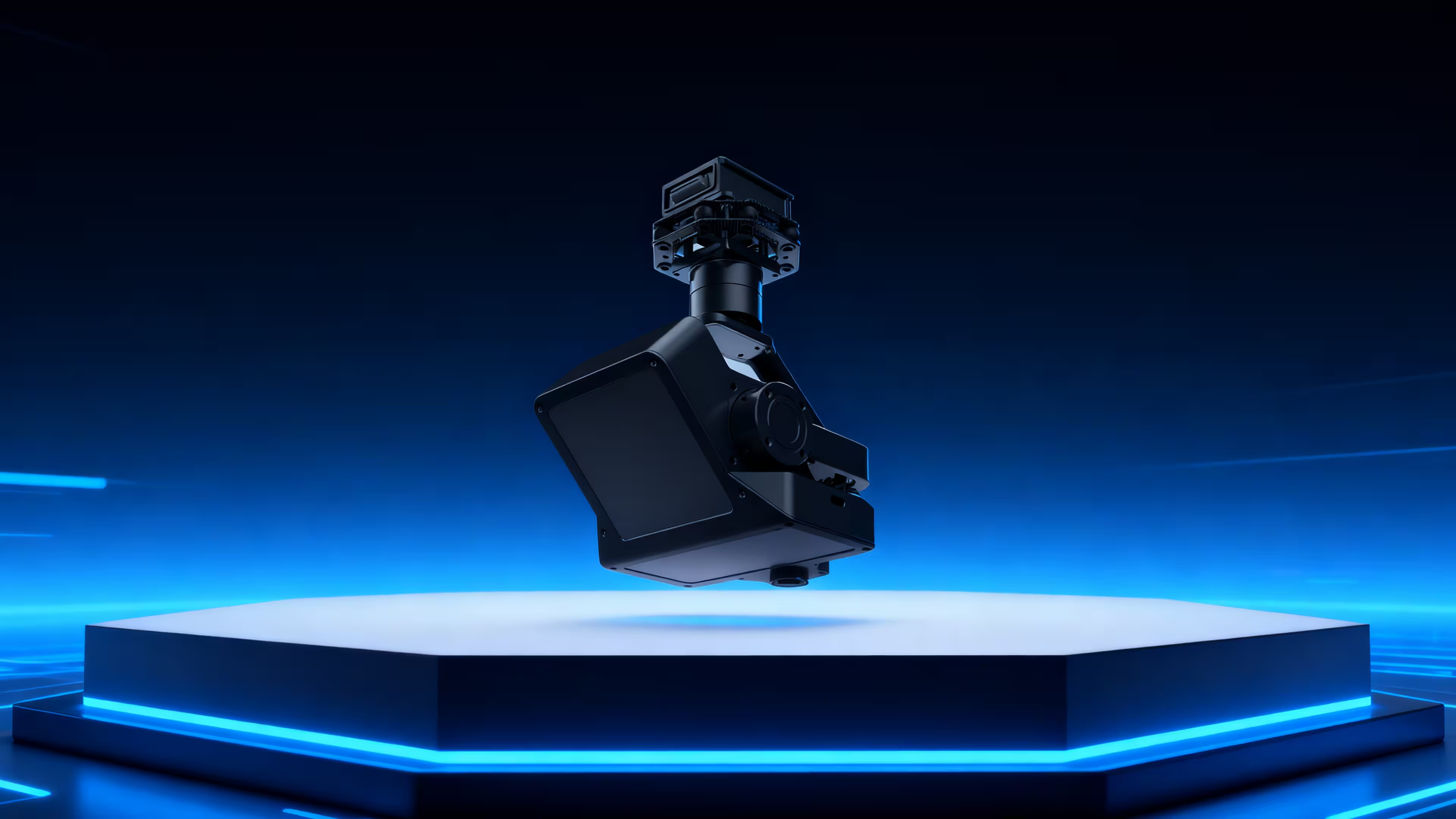Wind turbine inspection is critical for ensuring the safety and efficiency of wind farms, but the towering heights, rotating blades, and harsh environments pose significant challenges. Drones, or unmanned aerial vehicles (UAVs), have become game-changers, offering a safer, faster, and more precise way to detect defects like cracks, erosion, or delamination. To perform effectively, drones must meet specific performance standards tailored to wind farm conditions. Drawing from international standards like the IEC 61400 series and industry practices, this article explores the key capabilities drones need for wind turbine inspection.
Why Drones for Wind Turbine Inspection?
Wind turbine blades, often over 100 meters long, are exposed to extreme weather, leading to wear like cracks, corrosion, or structural damage. Traditional inspection methods, such as rope access or cranes, are time-consuming, costly, and risky for workers. Drones provide:
- Efficiency: Inspect multiple blades quickly, reducing turbine downtime.
- Safety: Eliminate the need for workers to climb towers.
- Precision: Detect minute defects with advanced sensors.
- Versatility: Operate in both onshore and offshore wind farms.

To succeed in these demanding environments, drones require specialized features for flight, sensing, and safety.
1. Resilience in Harsh Wind Farm Conditions
Wind farms, especially offshore, face high winds, salt spray, and extreme temperatures. Drones need:
- Water and Corrosion Resistance: An IP45-IP54 rating to withstand rain, salt mist, and dust. Airframes made of aluminum alloy or composites resist corrosion in marine environments.
- Wind Resistance: Operation in winds up to Level 6-8 (15-25 m/s or 33-56 mph) to maintain stability near spinning blades.
- Temperature Tolerance: Functioning from -10°C to 60°C to handle cold winters or hot turbine surfaces.
For example, drones inspecting offshore wind farms endure salty, windy conditions, requiring robust designs to ensure reliability.
2. High-Performance Flight Capabilities
Inspecting blades up to 150 meters high demands precise and enduring flight:
- Flight Endurance: 4-8 hours to cover multiple turbines or blades in a single mission.
- Range and Altitude: Heights up to 500 m (with ±5 cm vertical accuracy) and a 2-5 kg payload capacity for heavy sensors. A range of 50-150 km supports large wind farms.
- Speed: Maximum speeds of 16-30 m/s (36-67 mph) and ascent speeds around 10 m/s for rapid positioning around blades.
- Autonomous Flight: Beyond Visual Line of Sight (BVLOS) with electronic collision avoidance and automated path planning to navigate around rotating blades safely.
These capabilities allow drones to hover precisely near blades, as seen in automated inspections at offshore wind farms.
3. Advanced Sensors for Defect Detection
Identifying tiny cracks or hidden damage requires sophisticated sensors:
- High-Resolution Cameras: Visible light cameras with ≥20MP resolution and 40x zoom to capture surface defects like cracks or erosion. Thermal imaging (≥640×512 pixels) detects subsurface issues like delamination or water ingress.
- LIDAR/Ultrasonic Sensors: Non-destructive testing (NDT) tools measure blade thickness or internal damage, creating 3D models for analysis.
- AI Recognition: Onboard AI to automatically identify and classify defects, marking their location for repair teams.
These sensors enable drones to spot defects as small as a few millimeters, critical for preventing blade failures.
4. Reliable Communication and Data Processing
Real-time data transmission is essential for coordinating inspections:
- Communication Range: WIFI, 4G/5G, or satellite links supporting 500 m to 150 km for live video and sensor data.
- Data Processing: Edge AI for instant defect detection and cloud platforms for 3D modeling, defect classification, and report generation.
- Secure Transmission: End-to-end encryption to protect sensitive inspection data.
These systems ensure inspection results are relayed instantly to maintenance teams, minimizing downtime.
5. Safety and System Integration
Inspecting spinning blades at height requires robust safety features:
- Redundancy Systems: Dual sensors and three-propeller safe descent mechanisms to prevent crashes during failures.
- Emergency Protocols: A seven-level response system, including obstacle avoidance, weather pauses, and manual takeover, ensures safe operation.
- System Integration: Compatibility with wind farm management platforms for multi-drone coordination and automated flight paths around turbines.
- Swarm Capabilities: Support for multiple drones inspecting different blades simultaneously.
These features are vital in high-risk environments, as seen in inspections avoiding rotating blades.
6. Regulatory Compliance
Drones must adhere to aviation and industry regulations:
- Certifications: Compliance with FAA, EASA, or CAAC standards, including BVLOS permits for wind farm operations.
- Data Privacy: Adherence to GDPR or similar regulations to protect inspection data.
- Operational Permits: Coordination with aviation authorities to ensure legal flights in wind farm airspace.
Compliance ensures inspections meet regulatory and safety standards for reliable reporting.
Real-World Impact
These capabilities enable drones to excel in:
- Defect Detection: High-resolution cameras identify cracks in blades, as seen in offshore wind farms.
- Preventive Maintenance: LIDAR and AI map internal damage, reducing costly failures.
- Efficiency: Drones inspect multiple turbines in hours, compared to days for manual methods.
Why These Requirements Matter
Drones with these capabilities deliver:
- Precision: Detect minute defects to prevent blade failures.
- Efficiency: Cover large wind farms quickly, minimizing downtime.
- Safety: Protect workers and equipment in high-risk settings.
- Compliance: Meet regulatory standards for accurate reporting.
As drone technology advances, expect improved sensors, longer flight times, and smarter AI, further enhancing wind turbine maintenance. Drones are becoming essential for keeping wind farms efficient and sustainable, powering a cleaner future.




